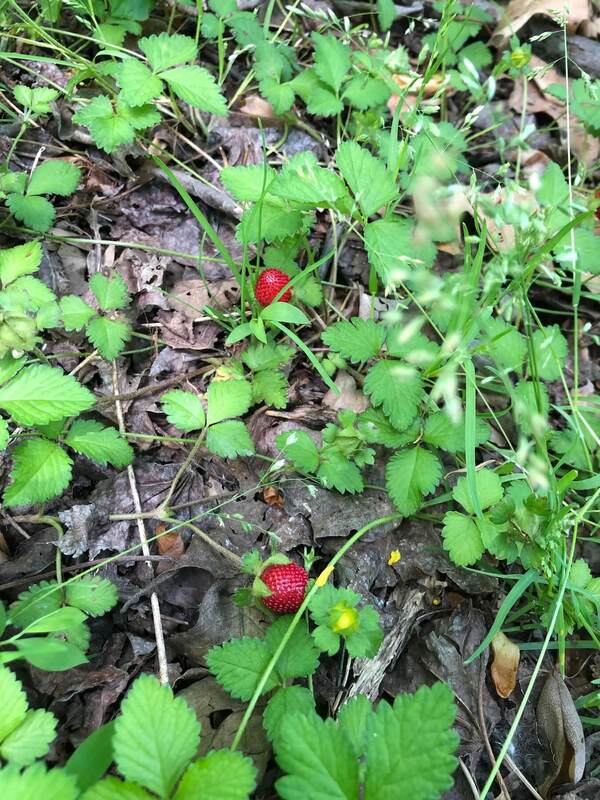
🌿 Morphology
🌞 Growing conditions
🌍 Origin and family
🌾 Uses
Warning: Despite the care taken in writing this sheet, it is essential to cross-reference sources before using or consuming any plant. When in doubt, consult a qualified professional
Permaculture uses
The berries are technically edible but generally considered bland and unpalatable; however, they are not poisonous. Used as a ground cover in permaculture gardens to suppress weeds and prevent erosion, especially in shaded areas. It spreads quickly and can act as a living mulch. The leaves may have some medicinal properties, although not widely used.
Permapeople description
Mock strawberry is a plant in the family Rosaceae also known as Indian strawberry or false strawberry, often confused with true strawberries.
Botanical description
Duchesnea indica is a perennial herbaceous plant in the Rosaceae family, native to South and East Asia. It is characterized by creeping stems that root at the nodes, similar to strawberries. The leaves are trifoliate, with toothed leaflets. The flowers are yellow, differentiating it from true strawberries which have white or pink flowers. The fruit is a red aggregate of achenes, resembling a strawberry, but the achenes are borne on the surface of a dry, white or pinkish receptacle, rather than embedded in a fleshy receptacle.
Companion planting
Can be used as a ground cover under fruit trees or shrubs. It can compete with other low-growing plants, so careful consideration of companion planting is important. Not known to have significant positive or negative interactions.
Propagation methods
Easily propagated by seeds, stem cuttings, or division of established plants. The runners readily root at nodes, which can be separated and transplanted.
History and traditions
Historically, Duchesnea indica has been used in traditional Chinese medicine for its anti-inflammatory and antiseptic properties. It has also been used as a poultice for skin ailments. Its decorative appearance has led to its use in ornamental gardens.
Usage calendar
Flowering occurs primarily in spring and summer. Fruiting follows soon after. Best time to plant or divide is in spring or fall. No specific pruning requirements.
